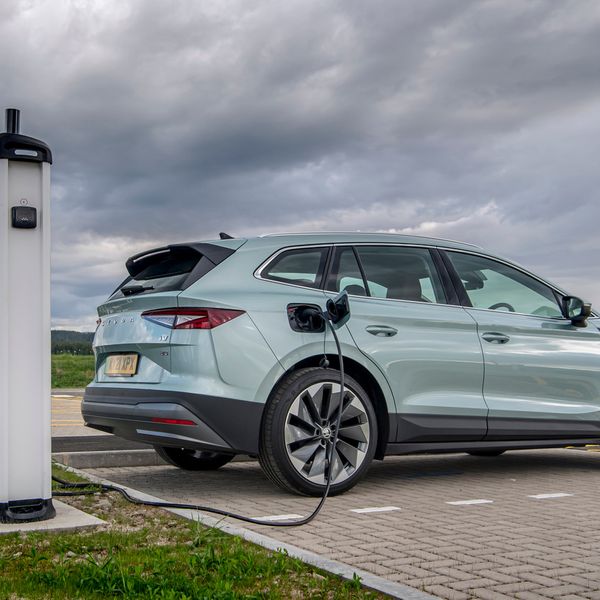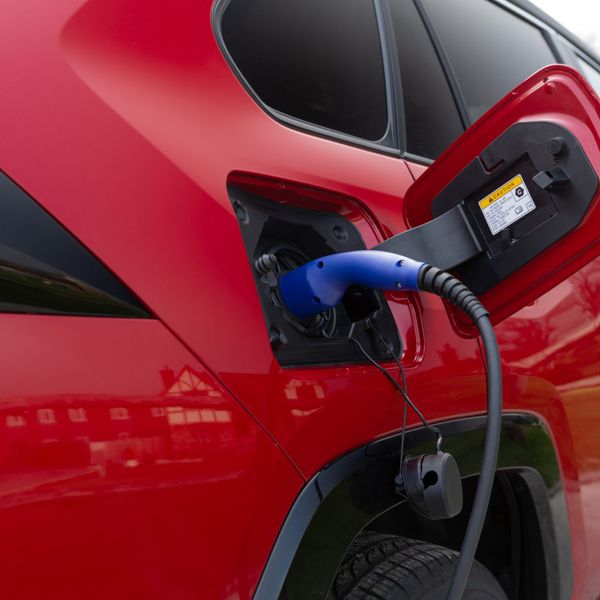Thunderstorms and flash floods are part of the great British summer with most us likely to get a proper soaking before the season ends. A huge downpour in the wrong place, and suddenly a road you know like the back of your hand has a new feature - a temporary pond right in the dip that you’d usually drive through without a second thought.
Maybe it’s a problem you’ve encountered many times in a petrol or diesel powered car. But what if you’re facing standing water in your brand new electric car, for the very first time, with all those kilowatt-hours of electrical energy stored right under your backside. What do you do?
Can I drive an electric car in a flood?
Put very simply, there is no difference between an electric car and a car with an engine in regards to what you should do when confronted with flood water. That is to say, the best thing to do is to try and avoid it altogether. But if you simply must plough through, the usual caveats apply.
As a blanket rule the AA recommends that you should never drive into flood water that’s moving, or deeper than 10cm (4 inches), and the Environment Agency warns that driving through 30cm (12 inches) of flowing water can move a car off course. In fact, the organisation points out that driving is the most common cause of death in flooded areas. If you think that the water is safe to pass through, go slowly to avoid making a bow wave - a wave of water forming at the nose of the car as you move through.
Moving slower will also make it less likely your wheels will lose contact with the road and aquaplane, and also means you won’t move water onto pavements or splash pedestrians.
Is an electric car better or worse protected against water than a petrol one?
Electric cars are designed and tested to avoid water damage just as a combustion car would be, and they must meet a strict set of safety criteria before being allowed on sale.
As such, cars are designed to ensure that the electrical systems are correctly protected from water. In some electric cars - usually cars converted from combustion powered models - the battery will run down the spine of the transmission tunnel or may be under the rear seats, placing the source of power within the car and away from the floor. But many purpose made electric cars run the battery across the floor of the car, some even using it as a structural component.
However, the exterior of the battery pack is electrically isolated, and takes on additional shielding. The high-voltage power-lines running from the battery to the electrical motors are similarly insulated. Electric and hybrid cars also feature fail-safe systems that automatically isolate electrical drivetrain components in the event of a collision or short circuit.
Though it’s not an exact science, some actually believe electric cars are better suited to driving in standing water than cars with combustion engines. This is because petrol or diesel cars can easily be stopped in their tracks by water flooding into the engine via air intakes.
It’s a good idea to check the maximum wading depth for your car, too. Generally, electric cars are on a par with their combustion powered siblings. For example, both an Audi Q8 and an Audi e-tron have a 500mm maximum rating, as per Audi’s official figures. But it varies from car to car.
 Battery packs are fully waterproofed and are safe to use in floods
Battery packs are fully waterproofed and are safe to use in floods 












